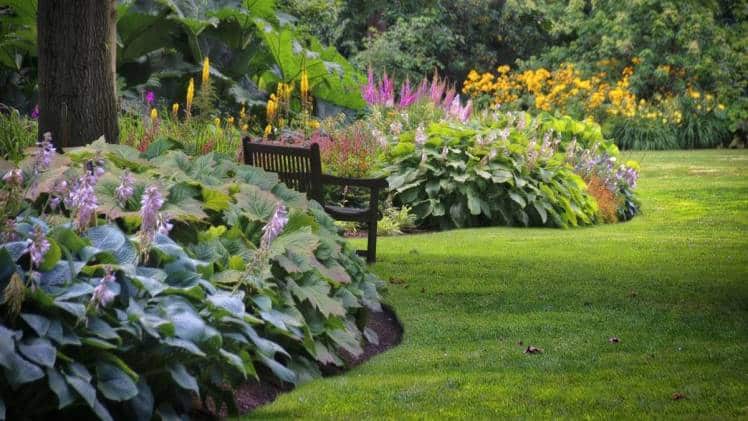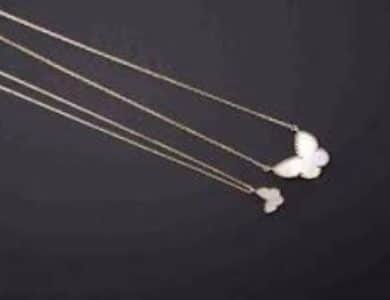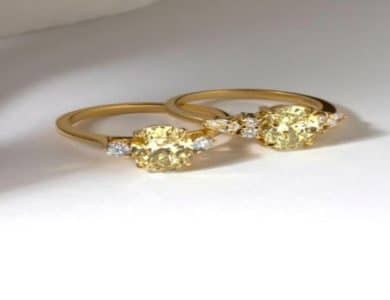A Gardener’s Guide to Lush Landscapes of Shade Perennials

Shade perennials are particularly noteworthy in the gardening and landscaping community because they are hardy, adaptable, and flourish in low light. They also give shaded garden sections depth, character, and colour. These perennial gems, with their vivid leaves and exquisite blossoms, provide countless opportunities to create magical outdoor settings that awe and calm the senses. We’ll dive into the varied realm of shade perennials in this thorough guide, going over their traits, care advice, and inventive applications in landscape design.
1. Accepting Shade Perennials
Perennials that flourish in limited sunlight, like under trees, along north-facing walls, or in shady garden corners, are referred to as shade-loving or forest perennials. These hardy plants have evolved special traits that allow them to photosynthesize and flourish in the shade in order to adapt to low light levels. Shade perennials provide a variety of textures, forms, and colours that enhance the visual appeal and beauty of landscapes with shadows, ranging from rich ferns to delicate hostas.
2. Shade Perennials’ Qualities
Shade-loving perennials have many traits that make them ideal for situations with lots of shade. Typical characteristics include the following:
– Diversity of Foliage: Dark and glossy to light and variegated, shade perennials can have vivid foliage in a range of green tones. Certain species also have vibrant foliage that contrasts and adds visual appeal to shaded areas in shades of bronze, burgundy, or silver.
– Bloom Varieties: Although shade-loving perennials don’t have as many blooms as sun-loving plants do, several species do produce pretty flowers in pink, purple, blue, or white tones. These blooms draw pollinators and improve the overall beauty of shady gardens by adding a touch of elegance and charm.
– Adaptability: Shade perennials are hardy plants that tolerate a wide variety of soil types, moisture contents, and climates. These plants are adaptable choices for gardeners with a range of settings, as they may thrive in a number of growth environments, from dry shade to damp, forest soils.
– Low upkeep: Once established, many shade perennials take little care and demand very little upkeep. These plants can flourish for many years, offering low maintenance beauty and delight for many years to come with careful mulching, watering, and periodic fertilisation.
3. Guidance on Growing Shade Perennials
It takes careful consideration of soil preparation, planting methods, and maintenance procedures to grow shade perennials successfully. The following cultivation advice will help you grow colourful, healthy shade perennials:
– Soil Preparation: To enhance drainage, fertility, and soil structure, amend the soil with organic matter, such as compost or old manure, prior to planting shade perennials. The majority of plants that thrive in shadow like damp, well-drained soil that has a somewhat acidic pH.
– Plant Selection: Pick shade-loving perennials that are compatible with the particular growing circumstances in your garden, such as the amount of light, moisture, and kind of soil. While choosing plants for your shaded landscape, take into account elements like mature size, foliage texture, and bloom period.
– Planting Tips: Make sure the plant is planted at the same depth as it was in the nursery container by excavating a hole that is just a little bit bigger than the root ball and filling it with soil. After planting, give the area plenty of water to help the soil settle and the roots get hydration.
– Mulching: To retain moisture, discourage weed growth, and insulate the soil, spread an organic mulch layer—such as shredded bark or compost—around the base of perennials that grow in shade. Mulching gives the plant bed a neat appearance and aids in maintaining a constant soil temperature.
– Watering and Maintenance: To guarantee sufficient moisture levels for wholesome growth, water shade perennials on a regular basis, particularly during dry spells. Keep an eye out for stress indicators like yellowing or wilting leaves, and change the frequency of watering as necessary. To encourage ongoing flowering and preserve plant health, remove wasted blooms and browning foliage.
4. Ingenious Applications of Shade Perennials in Landscape Design
Perennials in the shade provide countless opportunities for imaginative garden design, enhancing shady environments with texture, colour, and visual appeal. In garden design, shade perennials can be creatively used in the following ways:
– Ground Covers: To fill up shaded spots and keep weeds at bay, choose low-growing shade perennials like ajuga, lamium, or barrenwort (Epimedium). Under trees or along garden walks, these plants create dense leaves mats that create a vibrant carpet.
– Border Plantings: To provide height and a tiered aspect to the landscape, plant taller shade perennials along the borders or garden bed margins. For a colourful and eye-catching border, mix flowering perennials like foam flowers, bleeding hearts, and astilbes with foliage plants like ferns, hostas, and heucheras.
– Container Gardens: To bring colour and interest to shady patios, decks, or balconies, create gorgeous container gardens with plants that thrive in the shade. For a cascading appearance, combine compact shade perennials like ferns, hellebores, and tiarellas with trailing plants like sweet potato vine or ivy.
– Woodland Gardens: Create a serene woodland garden that emulates the organic beauty of the forest floor by using perennials that provide shade. To create a calm and biodiverse ecology, mix shade-tolerant shrubs and trees with native forest plants like trilliums, native ferns, and wild ginger.
Three Brief Advices
Pick the Right Plants: Make sure the shade perennials you choose are appropriate for your garden’s particular lighting and environment. When selecting your selections, take into account elements like bloom time, foliage texture, and mature size.
Ensure Sufficient Moisture: Since shade perennials usually like soil that is moist and well-drained, make sure to water them frequently, especially during dry spells. Mulching the area surrounding a plant’s base can assist control soil temperature and moisture retention.
Watch out for frequent Pests and Diseases: Slugs, snails, and fungal infections are among the frequent pests and diseases that can harm shade perennials. To stop problems from spreading, regularly check plants and act quickly to fix any problems that you find.
Final Thought: Nurturing Beauty in the Shadows
To sum up, shade perennials give gardeners a plethora of chances to foster biodiversity and beauty in shady environments. These hardy plants add beauty and energy to the landscape with their varied foliage, delicate blossoms, adaptability, and low-maintenance requirements. Gardeners can turn shady regions into lively, thriving outdoor spaces that excite the senses and heal the soul by embracing shade perennials and incorporating them into imaginative garden plans.




